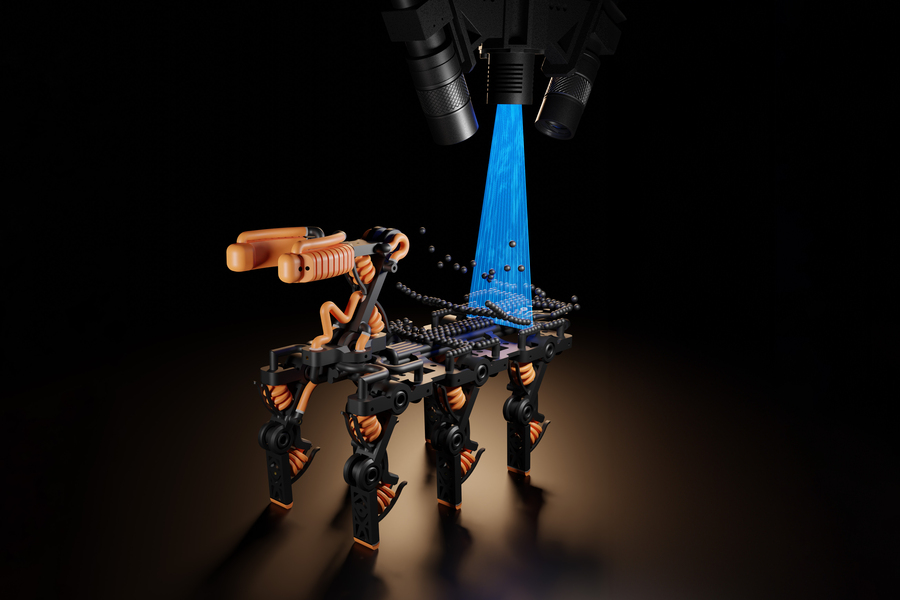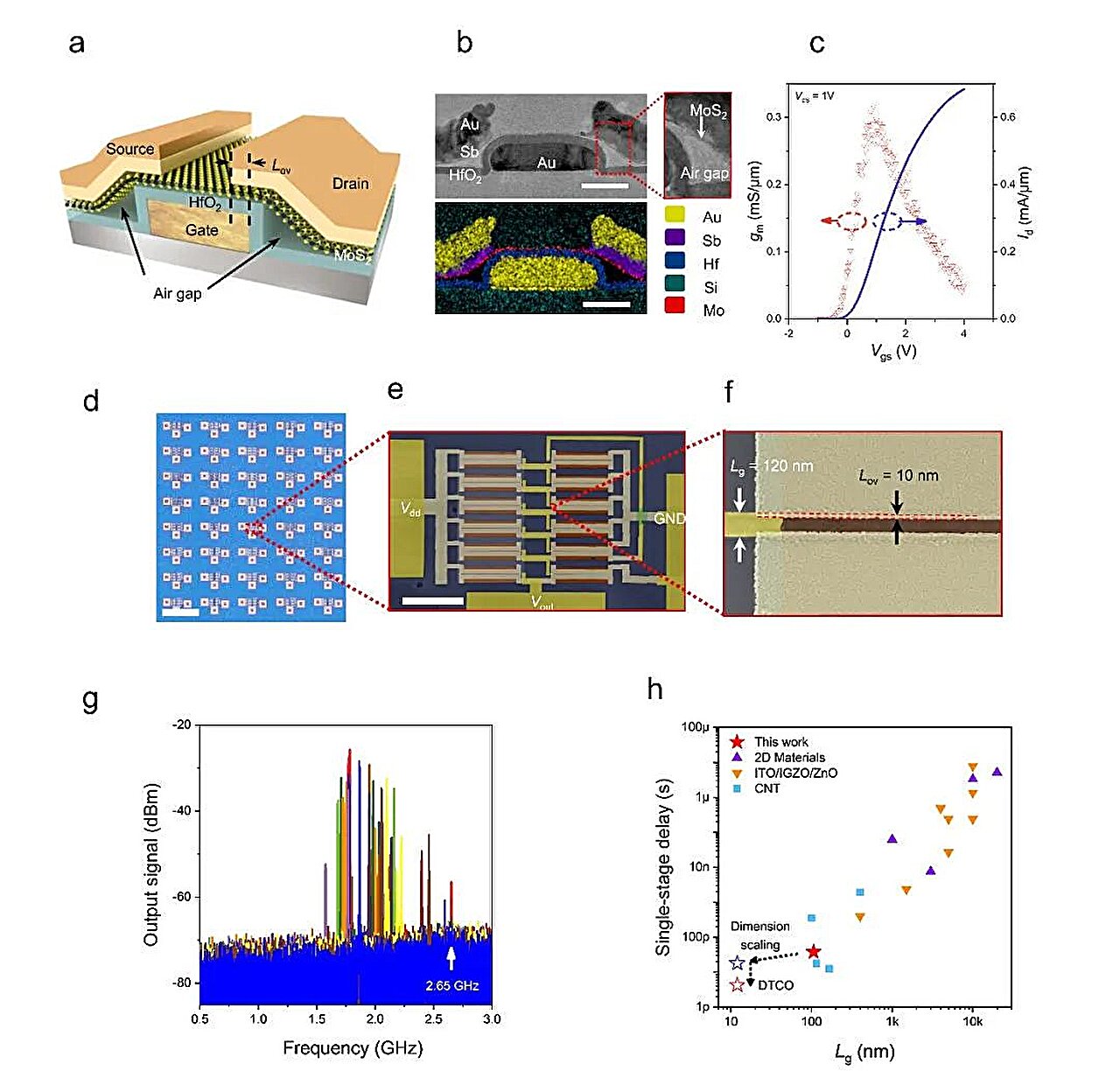
Credits:Image: Moritz Hocher
Computer vision enables contact-free 3D printing, letting engineers print with high-performance materials they couldn’t use before. With 3D inkjet printing systems, engineers can fabricate hybrid structures that have soft and rigid components, like robotic grippers that are strong enough to grasp heavy objects but soft enough to interact safely with humans.
These multimaterial 3D printing systems utilize thousands of nozzles to deposit tiny droplets of resin, ...
Read More







Recent Comments